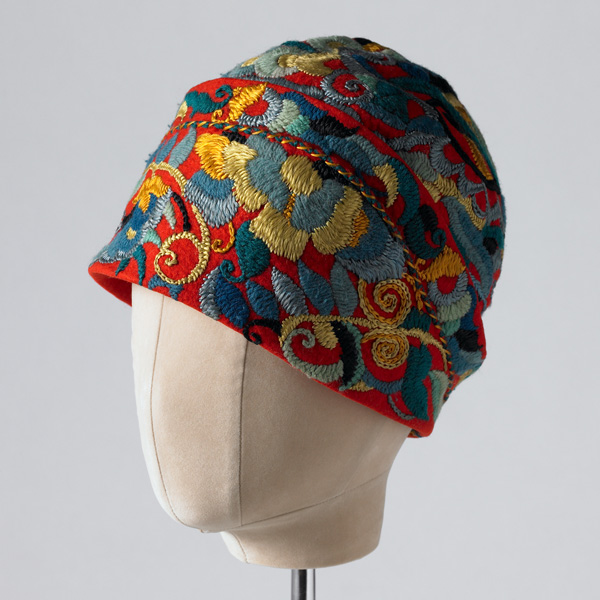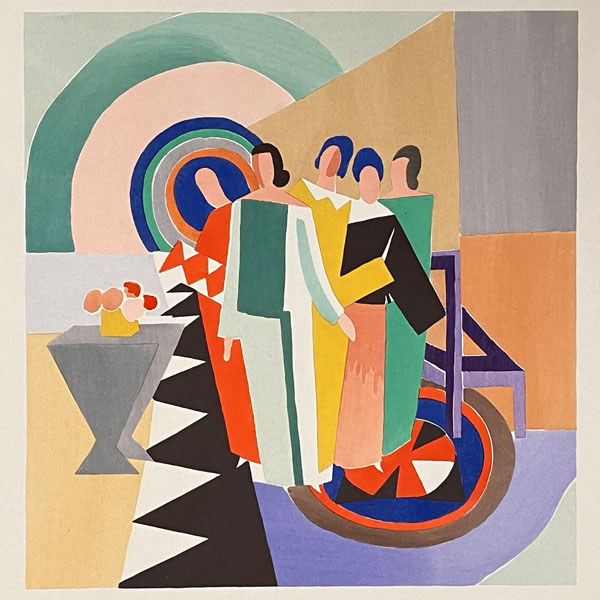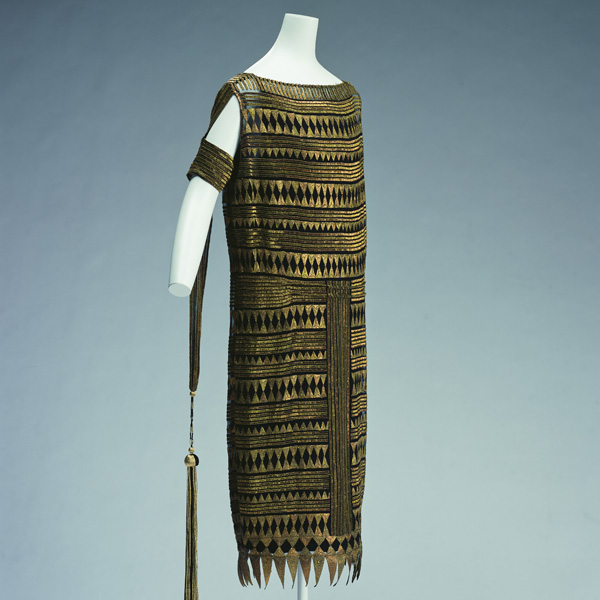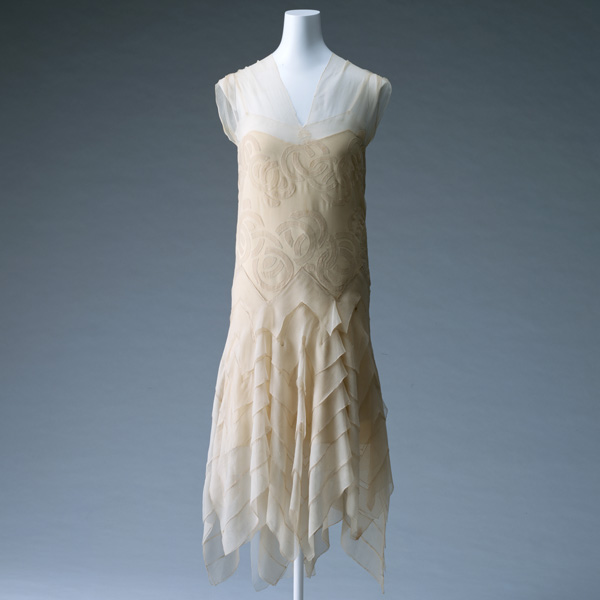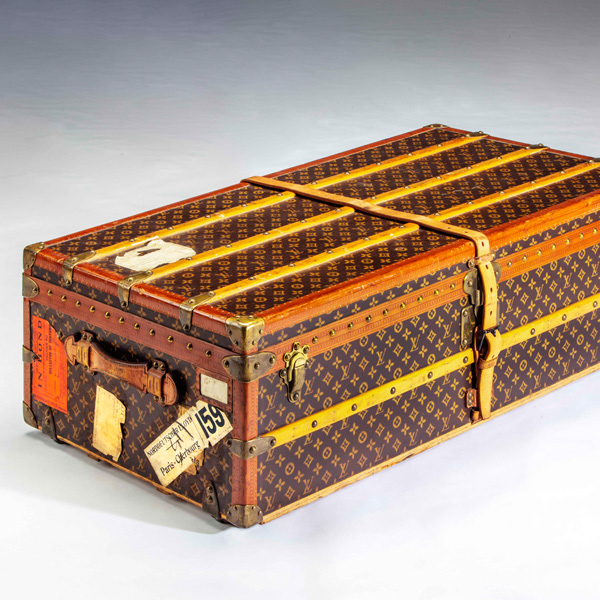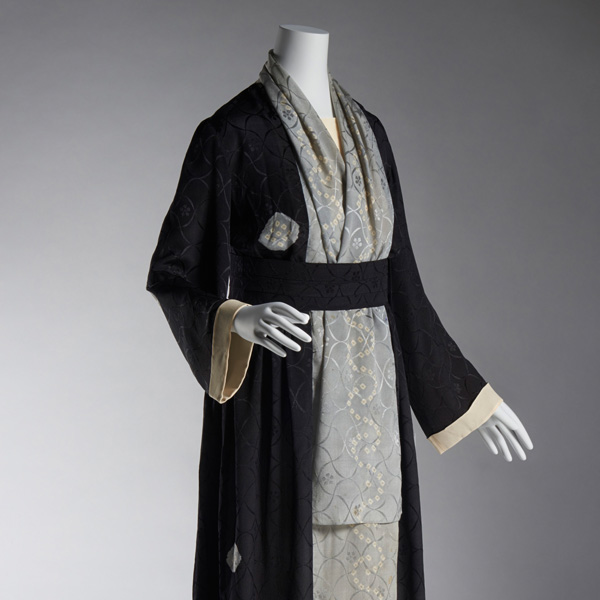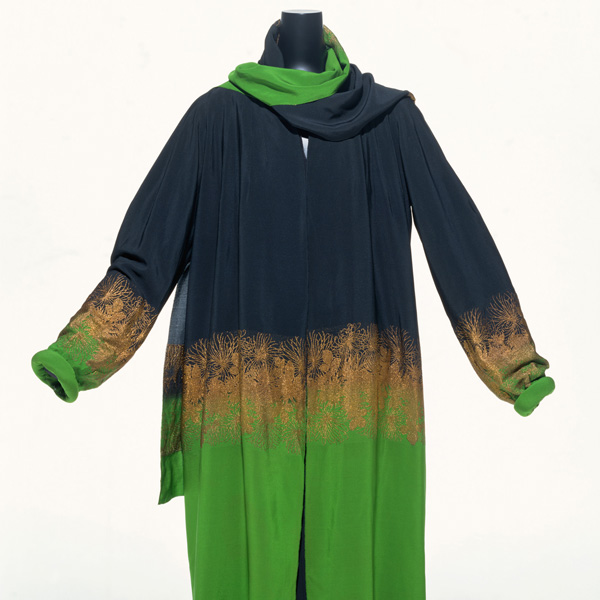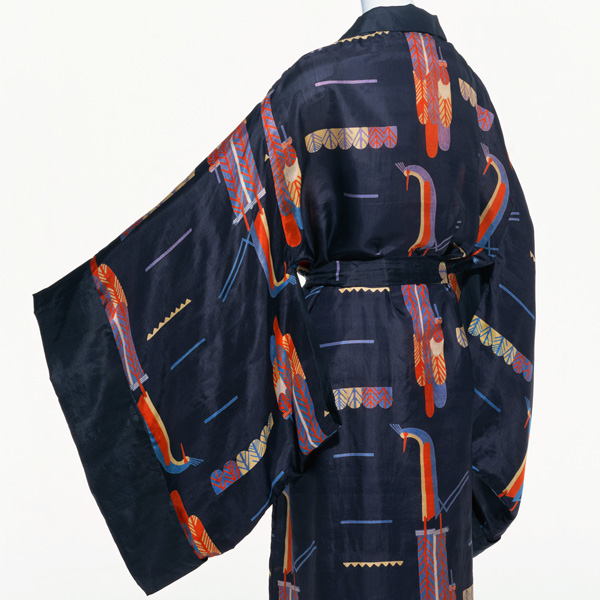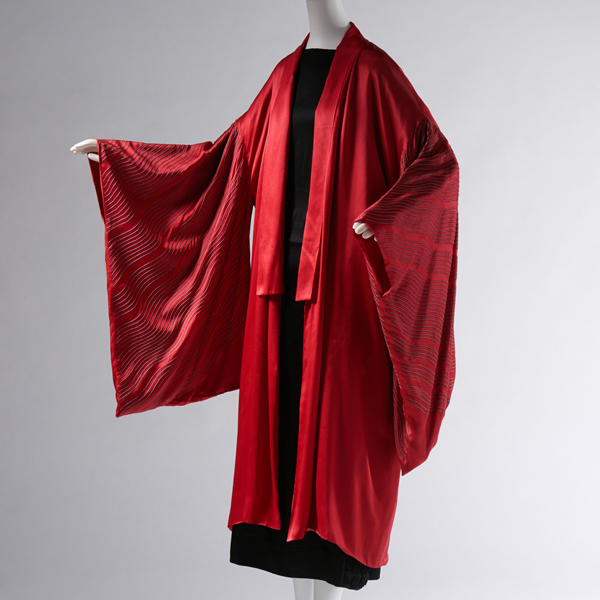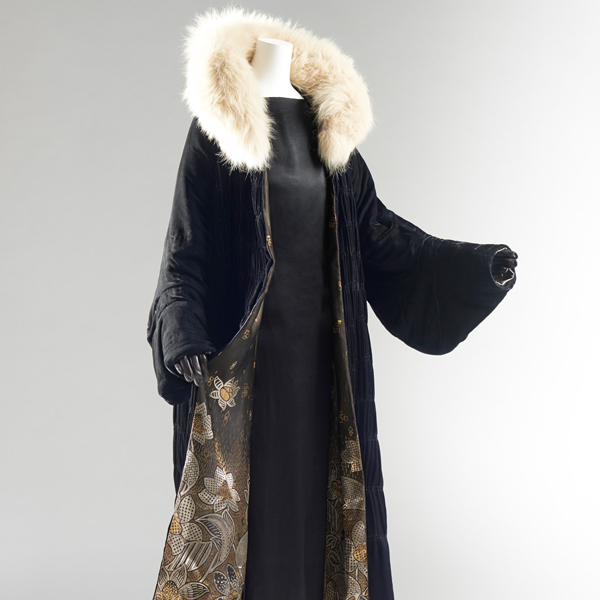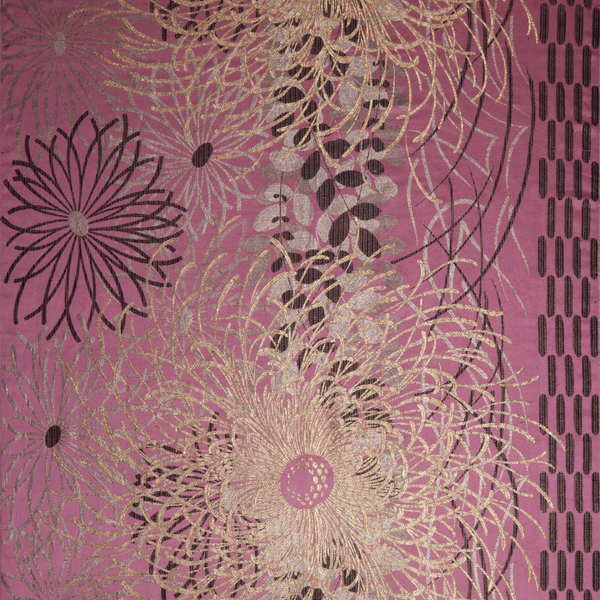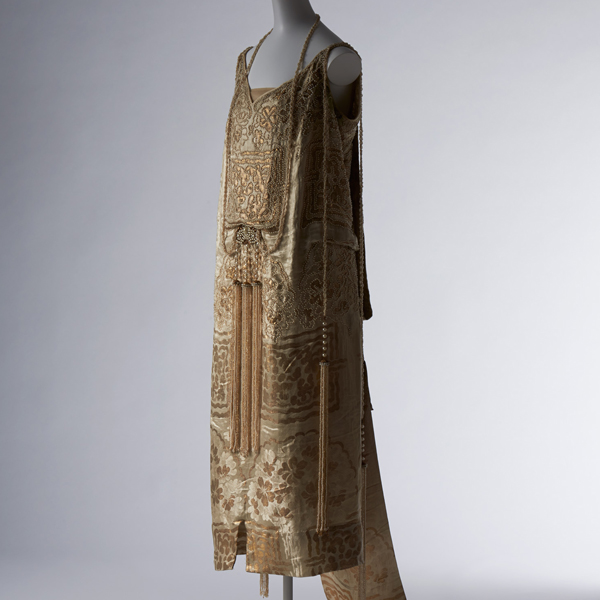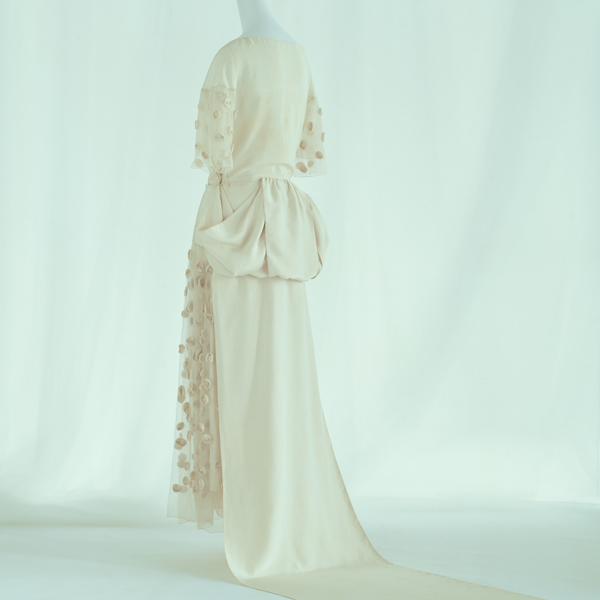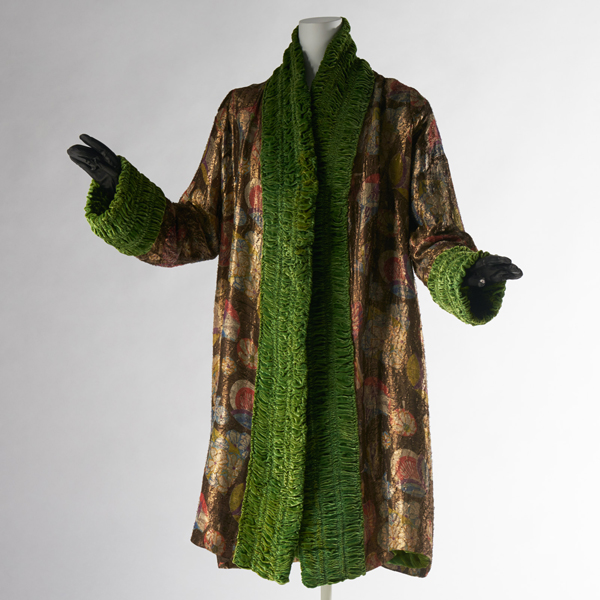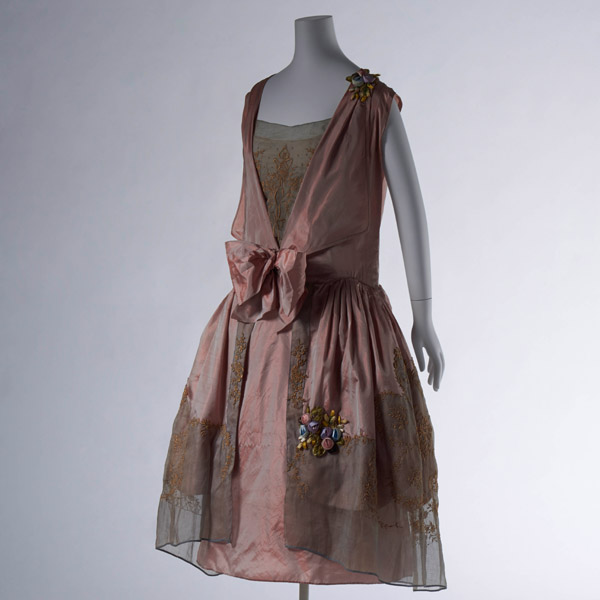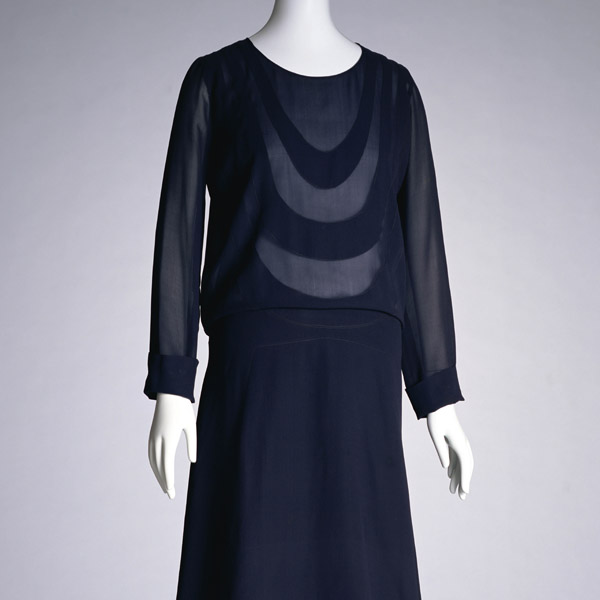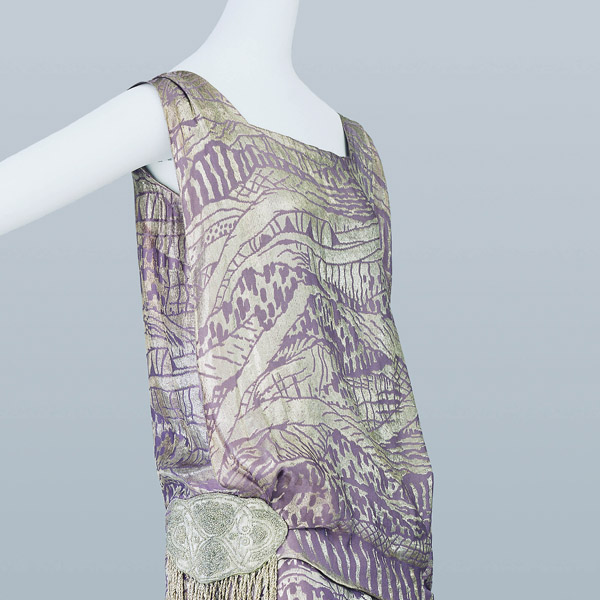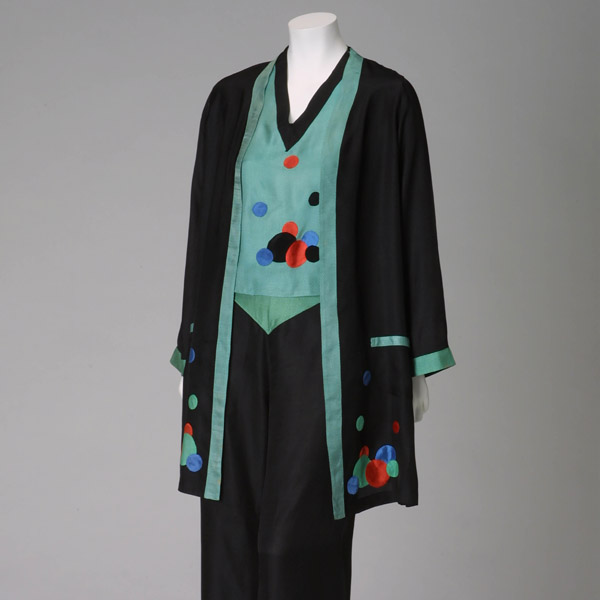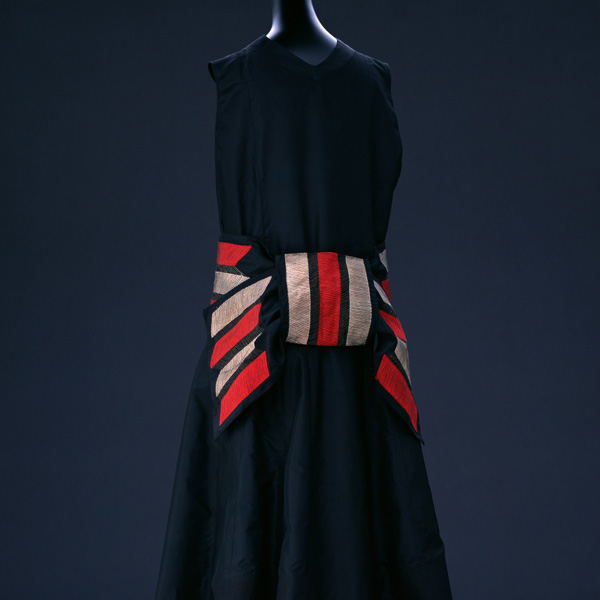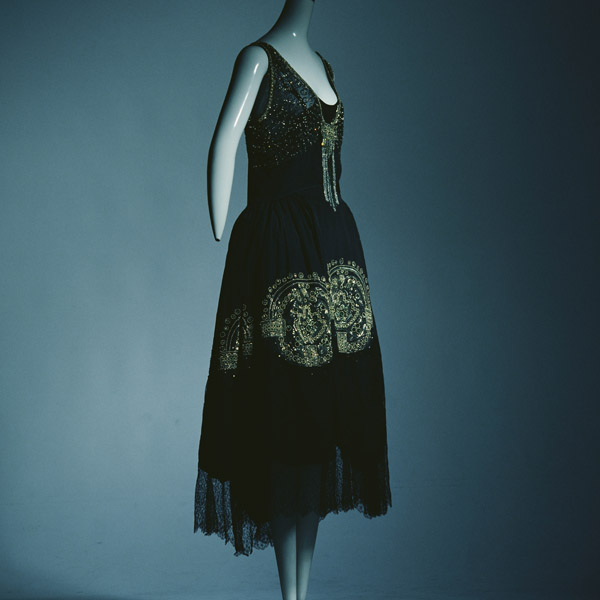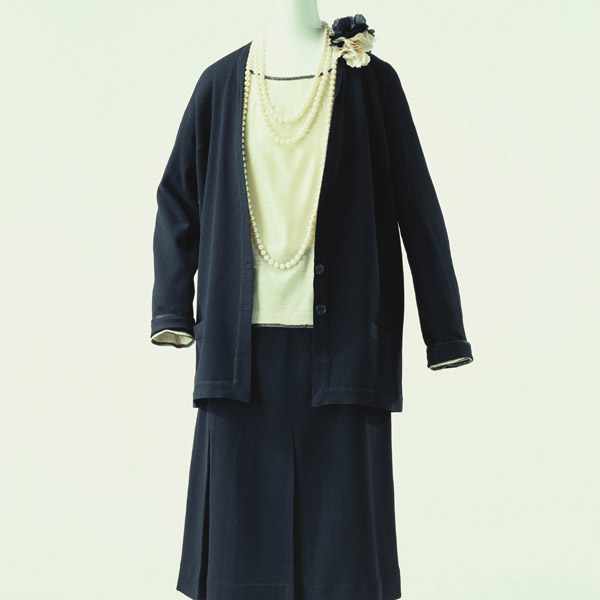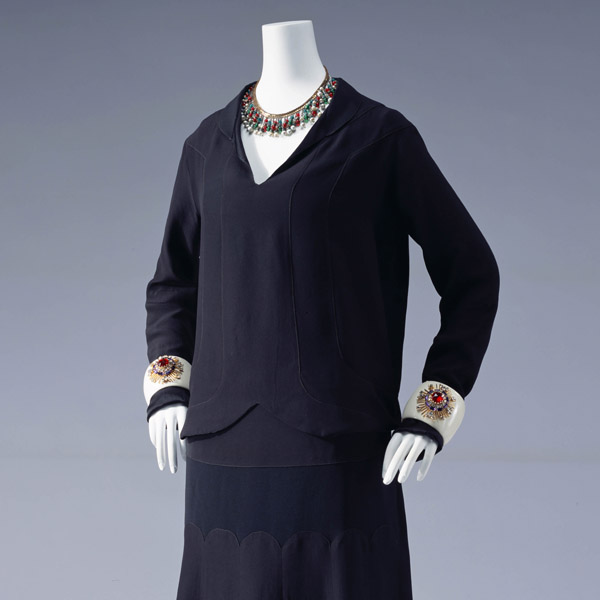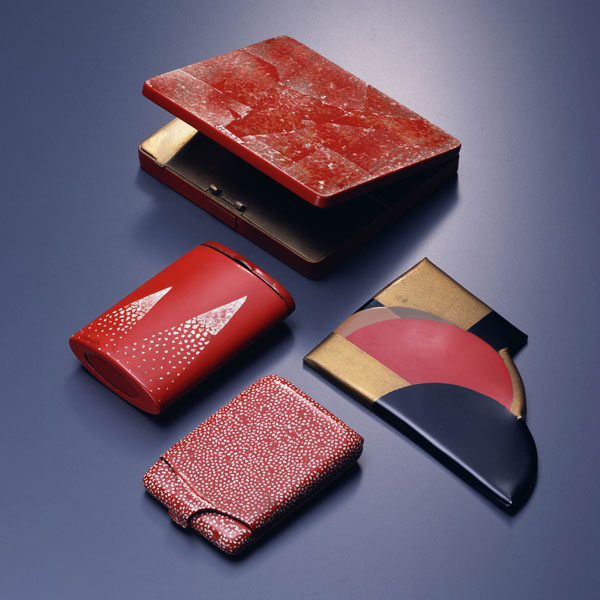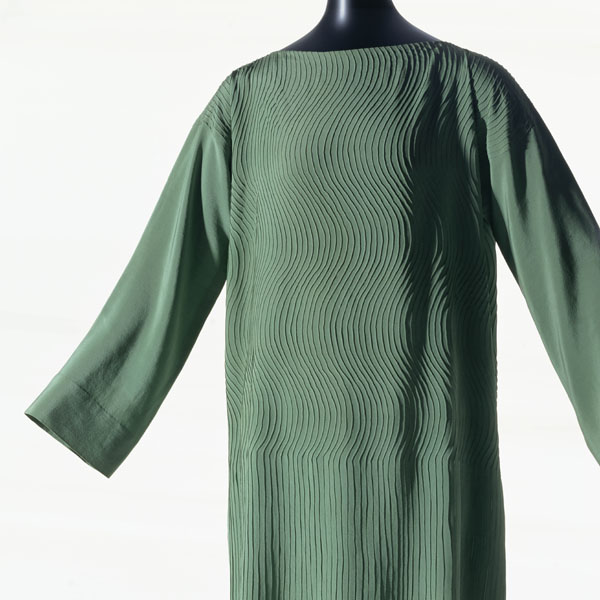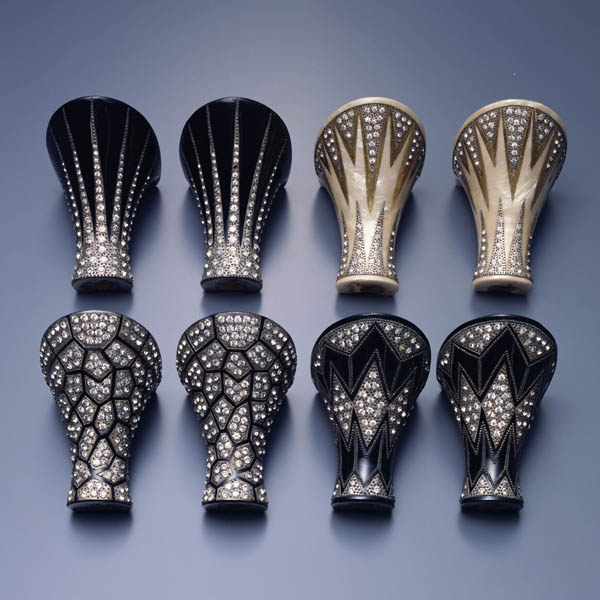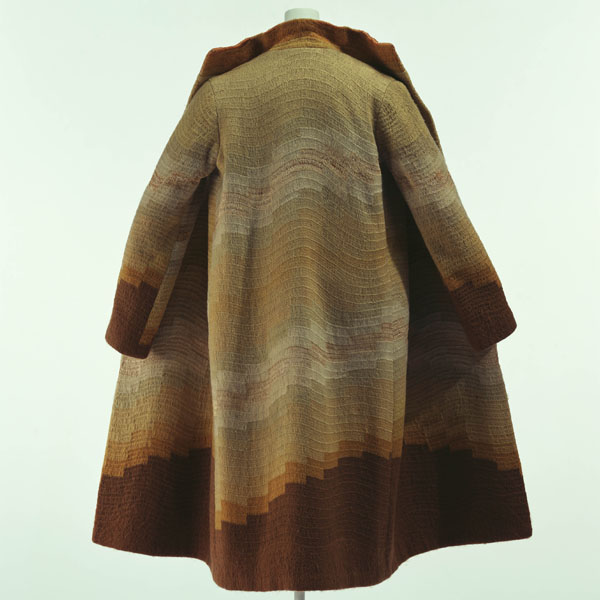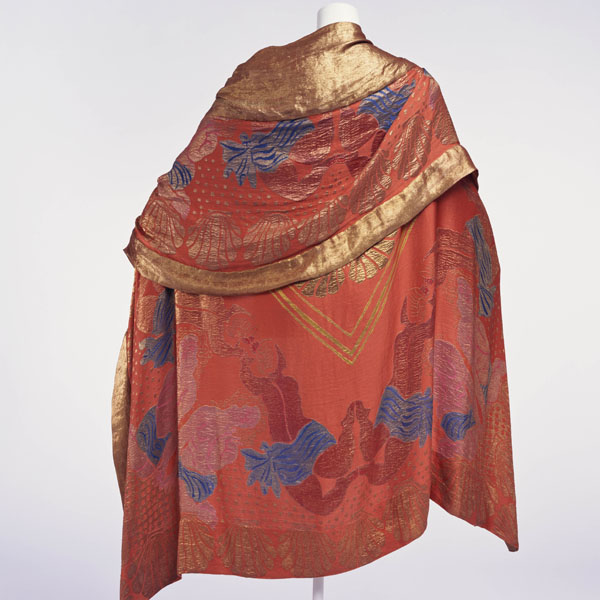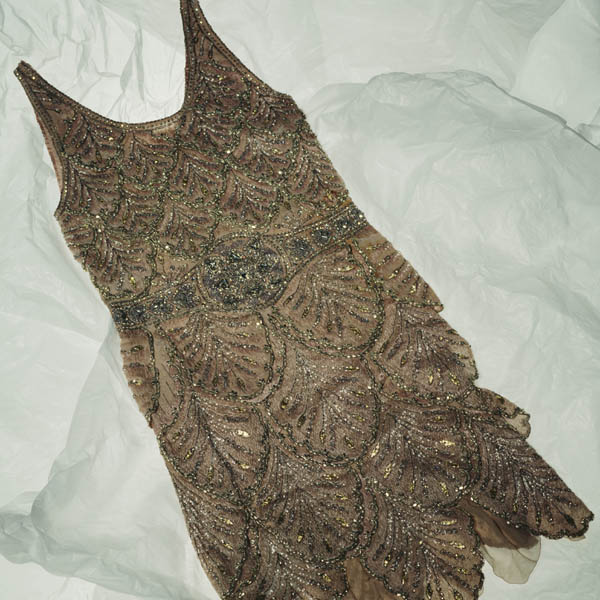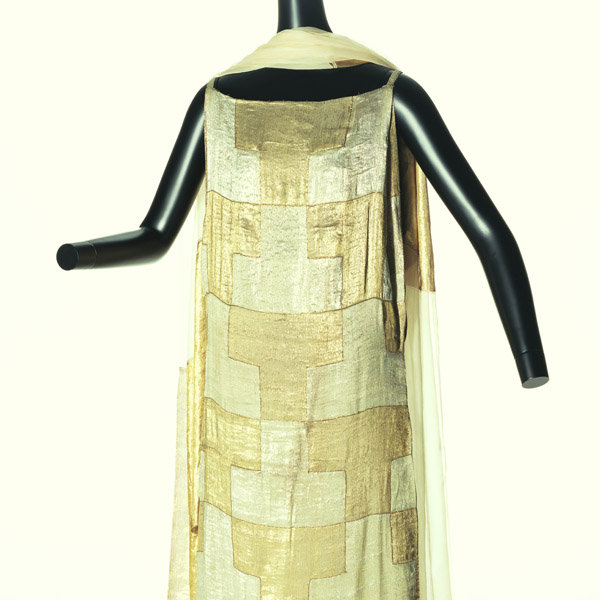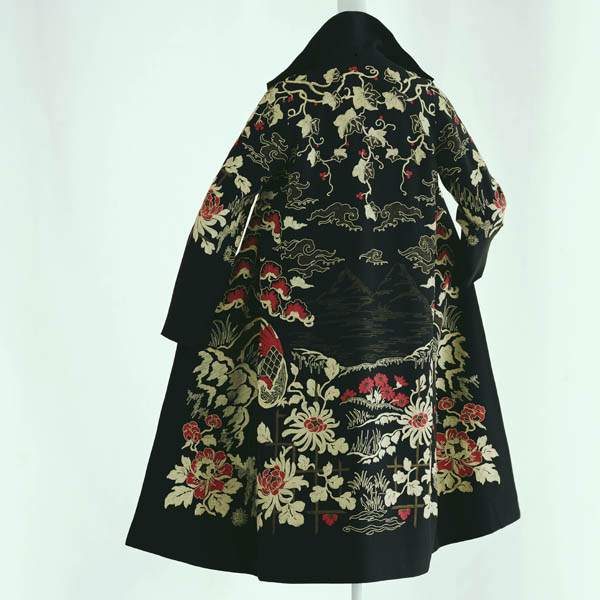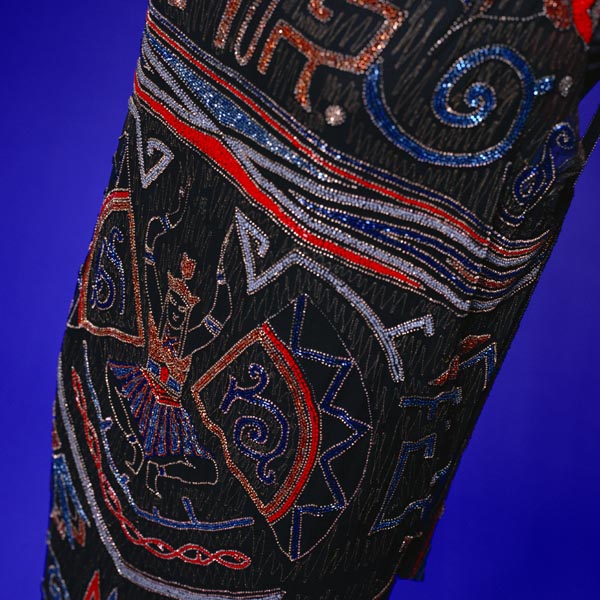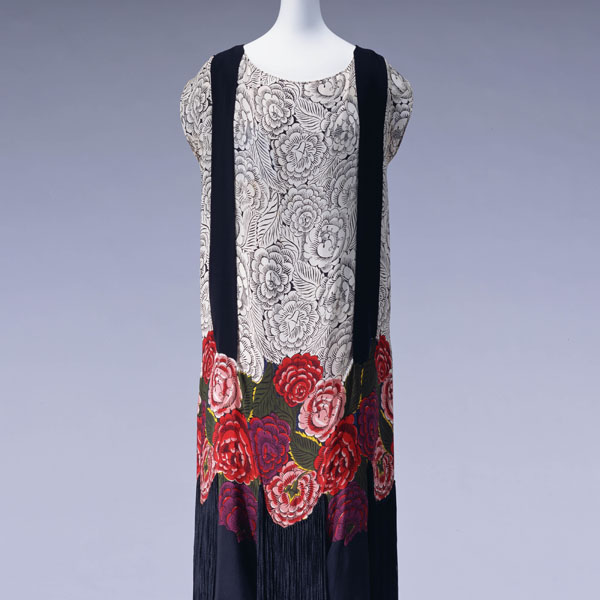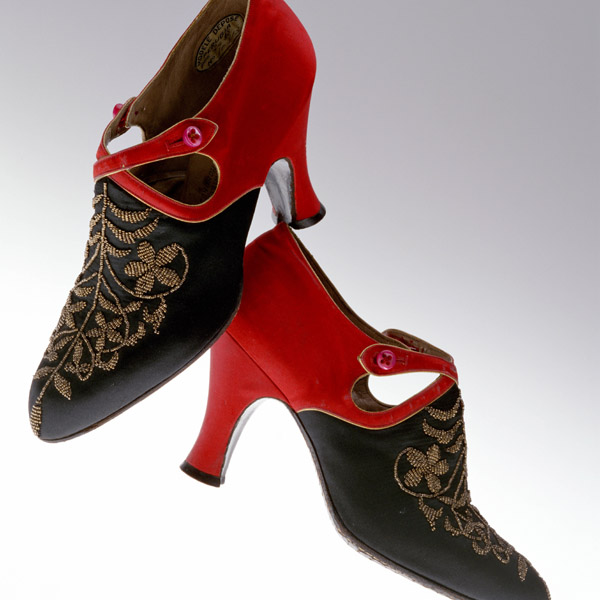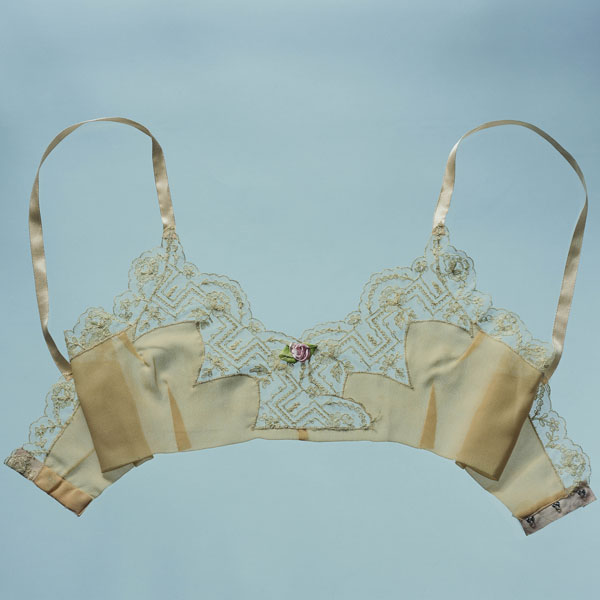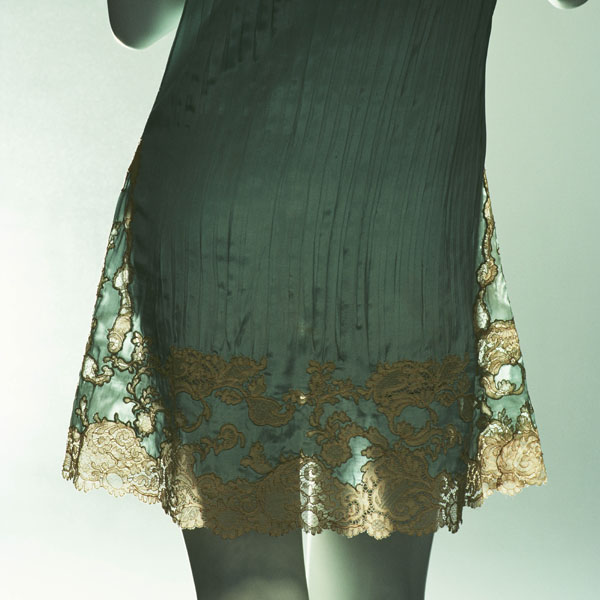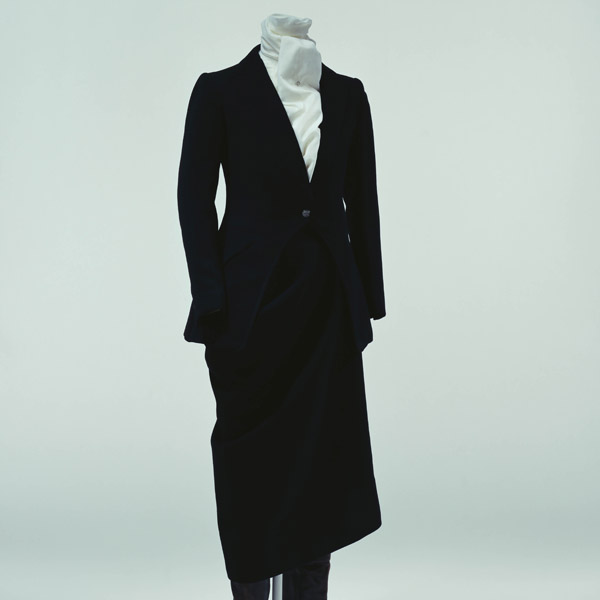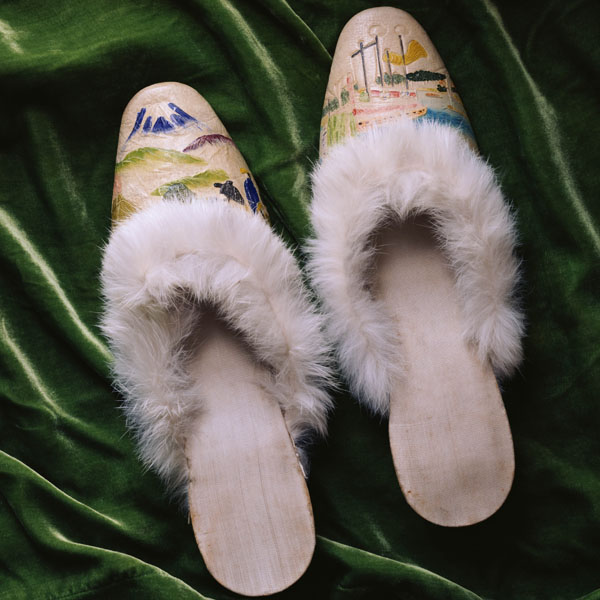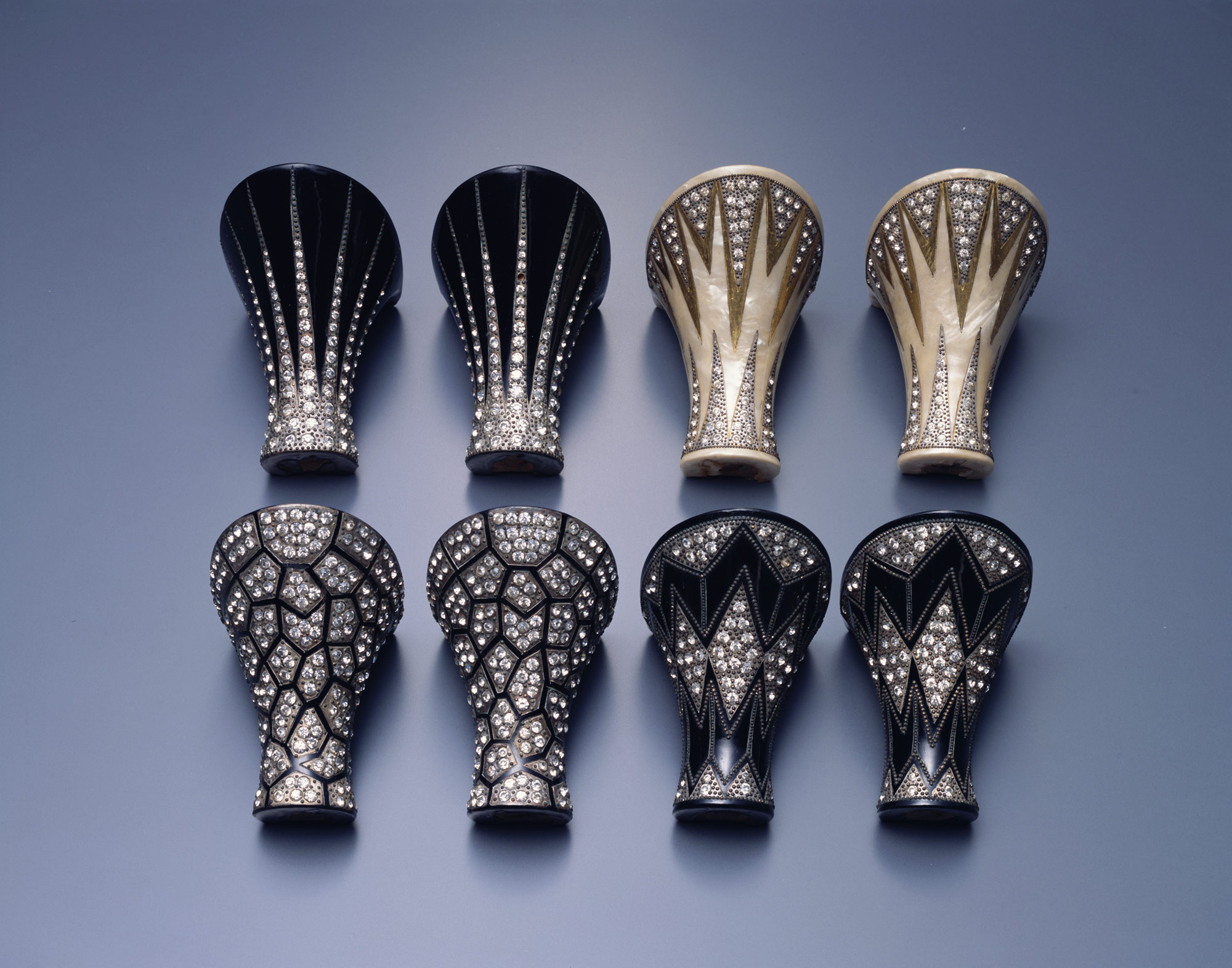
© The Kyoto Costume Institute, photo by Takashi Hatakeyama
You can enlarge by putting the mouse cursor on the image.
Heels
c. 1925 - France [Upper left]
c. 1925 - France [Upper right]
c. 1925 - France [Lower left]
c. 1925 - France [Lower right]
- Material
- Wood; patent leather; rhinestones and metal beads. [Upper left]
Wood; patent leather; rhinestones. [Upper right]
Wood; patent leather; rhinestones and metal beads. [Lower left]
Wood; patent leather; rhinestones and metal beads. [Lower right] - Dimension
- 5cm (height) [Upper left]
5cm (height) [Upper right]
5cm (height) [Lower left]
5cm (height) [Lower right] - Inventory Number(s)
- AC7769 93-18-10AB [Upper left]
AC7767 93-18-8AB [Upper right]
AC7768 93-18-9AB [Lower left]
AC7766 93-18-7AB [Lower right]
These are Art Deco period heels referred to as "jeweled heels". They are a sample from a time when heels were custom-ordered. With enamel manufacturing put to practical use on shoes since the end of the 18th century, and the implementation of Bakelite and similar resin treatments in 1909, the heels radiate a glossy shine. Moreover, they show the subtle workmanship of geometric designs, and limestone and metal bead application, At that time in Paris, couturier and artisans specializing in custom-order footwear created luxurious shoes. Craftsmen who signed their names on shoe designs, like Andre Perugia, also appeared. Then, in the 1920s, Western European women began exposing the leg below the knees for the first time. When compared to the existence of footwear up until that period, this becomes an important matter. Shoes which utilize functionality paired with small engraved designs and various historic moldings. Of these shoes, 1920s footwear that reflects art deco designs can be said to exhibit a special charm equal to a kind of objet d'art.
 Digital Archives
Digital Archives